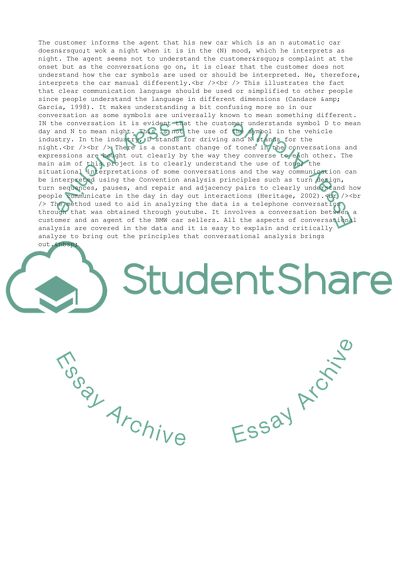Cite this document
(Conversational Analysis, Its Aims, Methodology, and Data in the BMW Ce Case Study - 2, n.d.)
Conversational Analysis, Its Aims, Methodology, and Data in the BMW Ce Case Study - 2. https://studentshare.org/business/1798386-analysis
Conversational Analysis, Its Aims, Methodology, and Data in the BMW Ce Case Study - 2. https://studentshare.org/business/1798386-analysis
(Conversational Analysis, Its Aims, Methodology, and Data in the BMW Ce Case Study - 2)
Conversational Analysis, Its Aims, Methodology, and Data in the BMW Ce Case Study - 2. https://studentshare.org/business/1798386-analysis.
Conversational Analysis, Its Aims, Methodology, and Data in the BMW Ce Case Study - 2. https://studentshare.org/business/1798386-analysis.
“Conversational Analysis, Its Aims, Methodology, and Data in the BMW Ce Case Study - 2”. https://studentshare.org/business/1798386-analysis.


